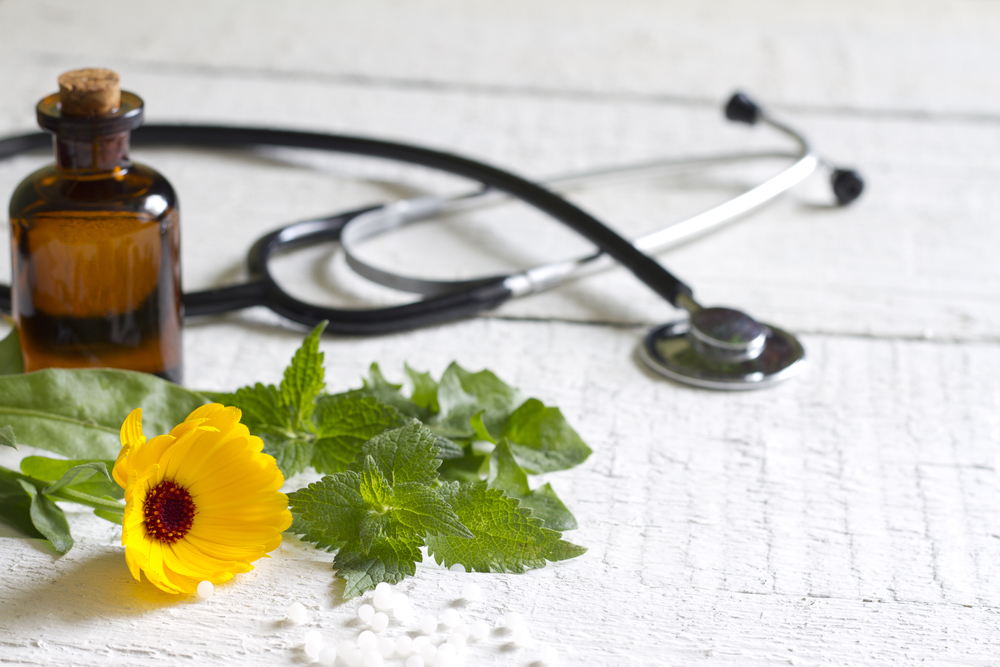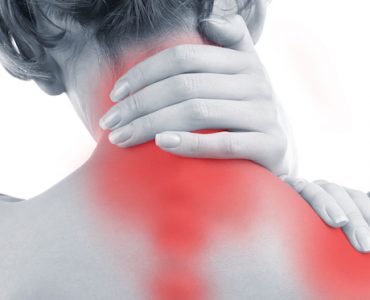Hydrotherapy is the internal and external way of using water to preserve health and prevent diseases. As Father Sebastian Kneipp declared, water can “dissolve, remove and strengthen”. Water dissolves matter carrying diseases and removes deceased matter from the body, which it strengthens through restoration of cleansed blood to body tissues.
Water has mineral content that can induce diuretic, laxative, diaphoretic (induces perspiration) or phlegmatic (phlegm producing) effects when taken internally. If water is used externally, it has the ability to improve lymph and blood circulation, alleviate pain, relax the tension in tissues and calm the nervous system.
Aside from being widely available and cheap, water is also capable of producing physiological effects which drugs can’t rival. No other substances possess the health-promoting and remedial qualities of water. Therapeutic qualities of water include sedative, anticonvulsant, anodyne, anaesthetic, antipyretic (reduces body temperature), astringent, derivative and tonic.
As a sedative, bathing with warm water soothes and relaxes a nervous person and promotes restful sleep. Warm water is also an effective anticonvulsant, for it alleviates muscle spasms and convulsions. The heat of warm water is transferred into the body, relaxes tense muscles and increases blood flow in the tissues. Hot water fomentation is also used in alleviating joint pain. On the other hand, cold water has the ability to reduce body temperature quickly, harmlessly and efficiently. It can decrease pulse rate from 40 to 20 beats per minute and can reduce high temperature in just a couple of minutes. Cold water can also be used as a first aid treatment on sprained ankles to stop internal haemorrhage, and its prolonged use can relieve muscle and burn pains.













